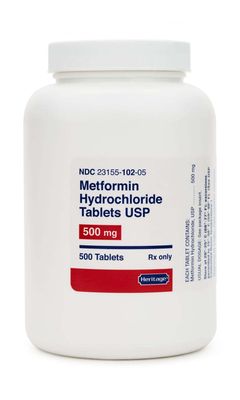Bi-Est Cream
Typical Estadiol Dosing:
| Bi-Est Dosing | < 60 years | > 60 years |
| < 30 BMI | 3mg | 2mg |
| > 30 BMI | 2mg | 1mg |
Estradiol is the principal intracellular human estrogen and is substantially more active than its metabolites, estrone and estriol, at the cellular level. Estradiol can be obtained from natural sources or prepared synthetically. There is no evidence that 'natural' estrogens are more or less efficacious or safe than 'synthetic' estrogens. Due to almost complete first-pass metabolism, estradiol must be given in a micronized oral dosage form to ensure therapeutic effect. Esterification of estradiol to estradiol cypionate or valerate increases the parenteral duration of action of estradiol to allow for parenteral intramuscular administration. Estradiol is primarily used to prevent osteoporosis and relieve vasomotor and genitourinary symptoms associated with menopause (natural or surgical), for postmenopausal osteoporosis prevention, and is also used to treat female hypogonadism and other abnormalities of female gonadotropin dysfunction. Various estrogen products have been marketed in the U.S. since 1938. Estradiol is available in many dosage forms, including oral tablets, transdermal systems, topical emulsions, topical gels, topical sprays, vaginal creams, vaginal rings, and parenteral depot injections. Vaginal therapies are preferred in postmenopausal women with exclusive genitourinary symptoms, due to lower systemic absorption/exposure with most of these dosage forms. Many estradiol products have been FDA-approved since the 1990's, in accordance with the FDA's guidance to provide efficacious low-dose estrogen therapies in alternate drug delivery systems.









